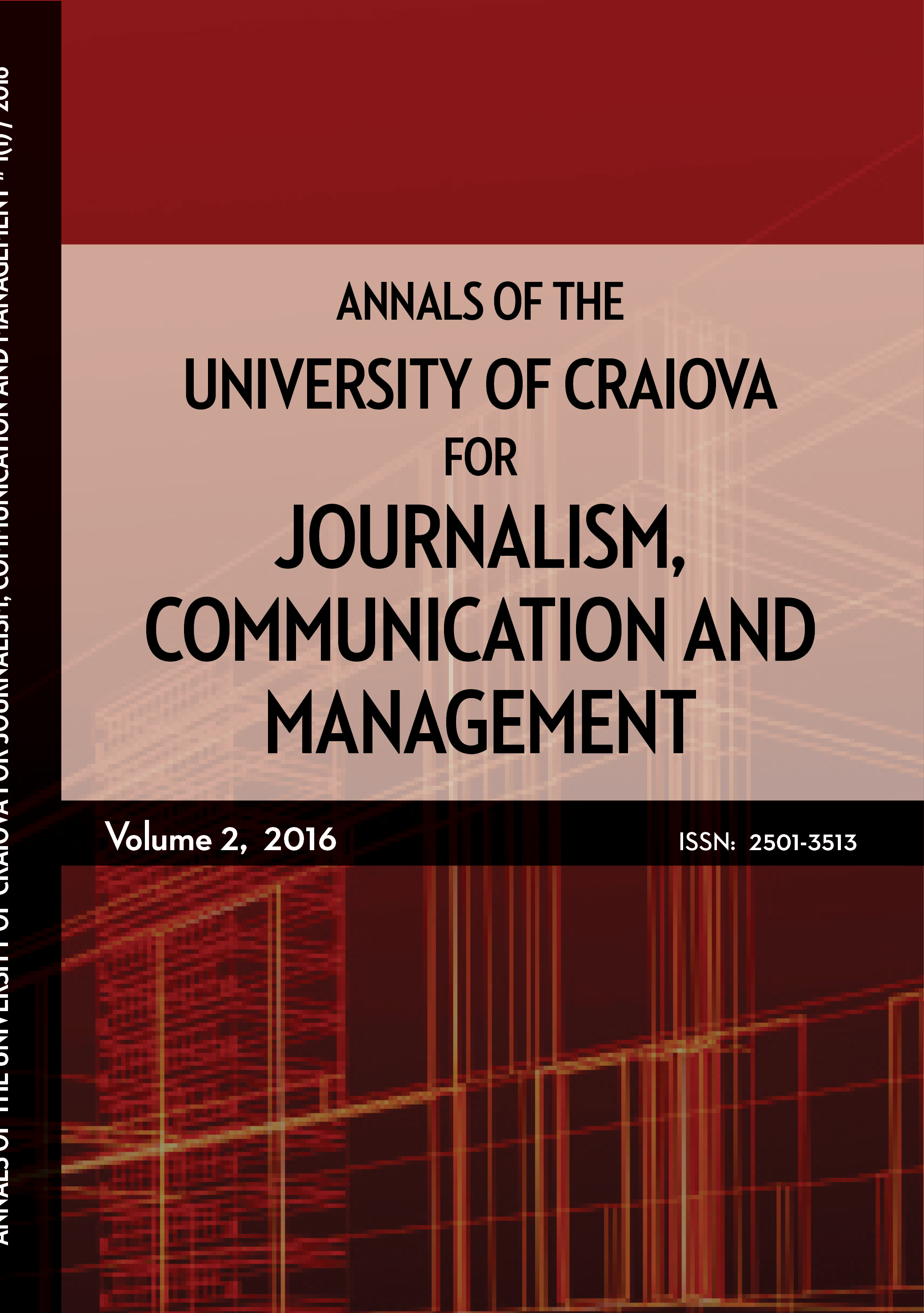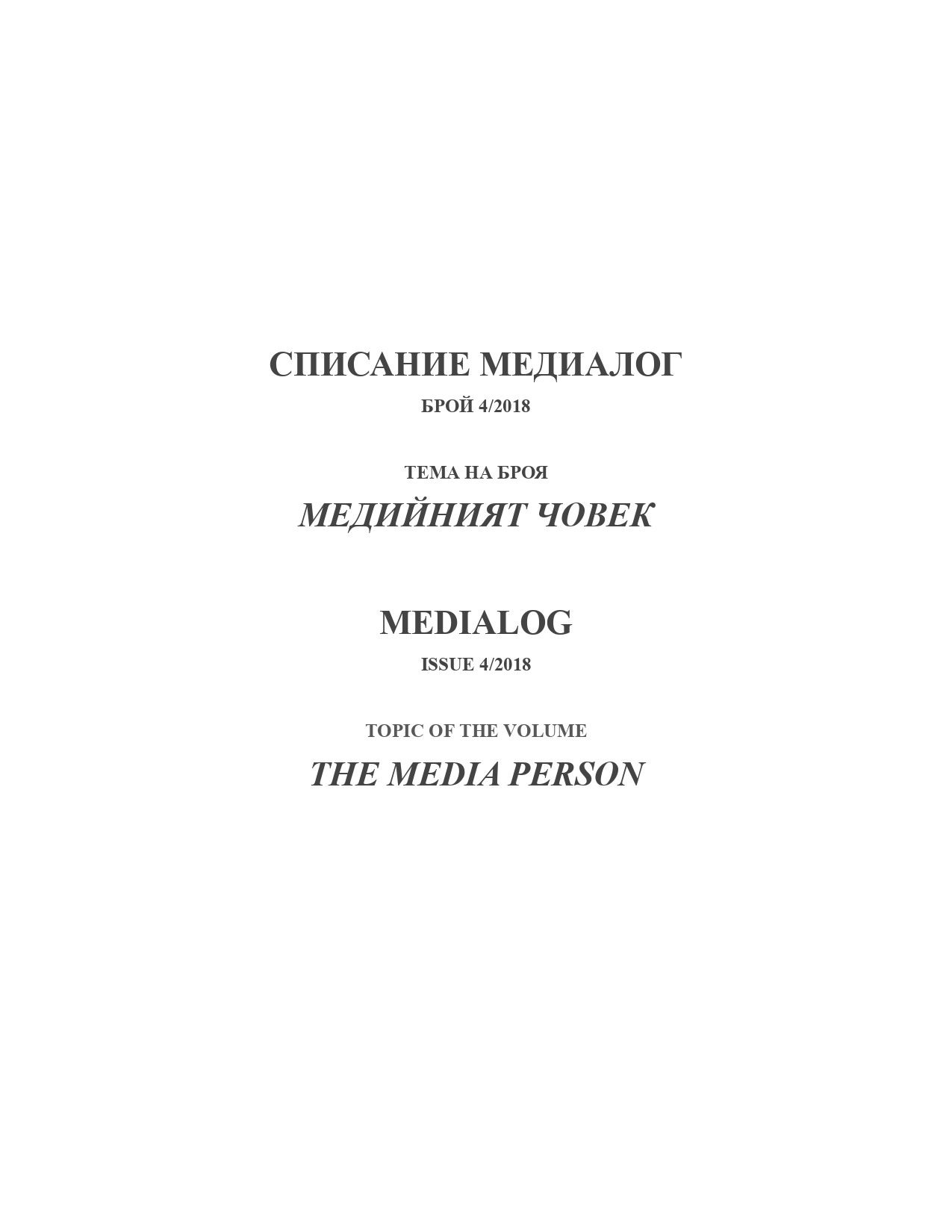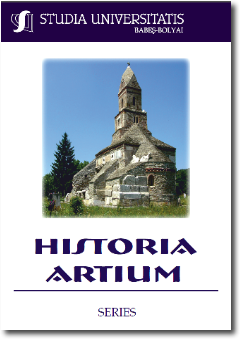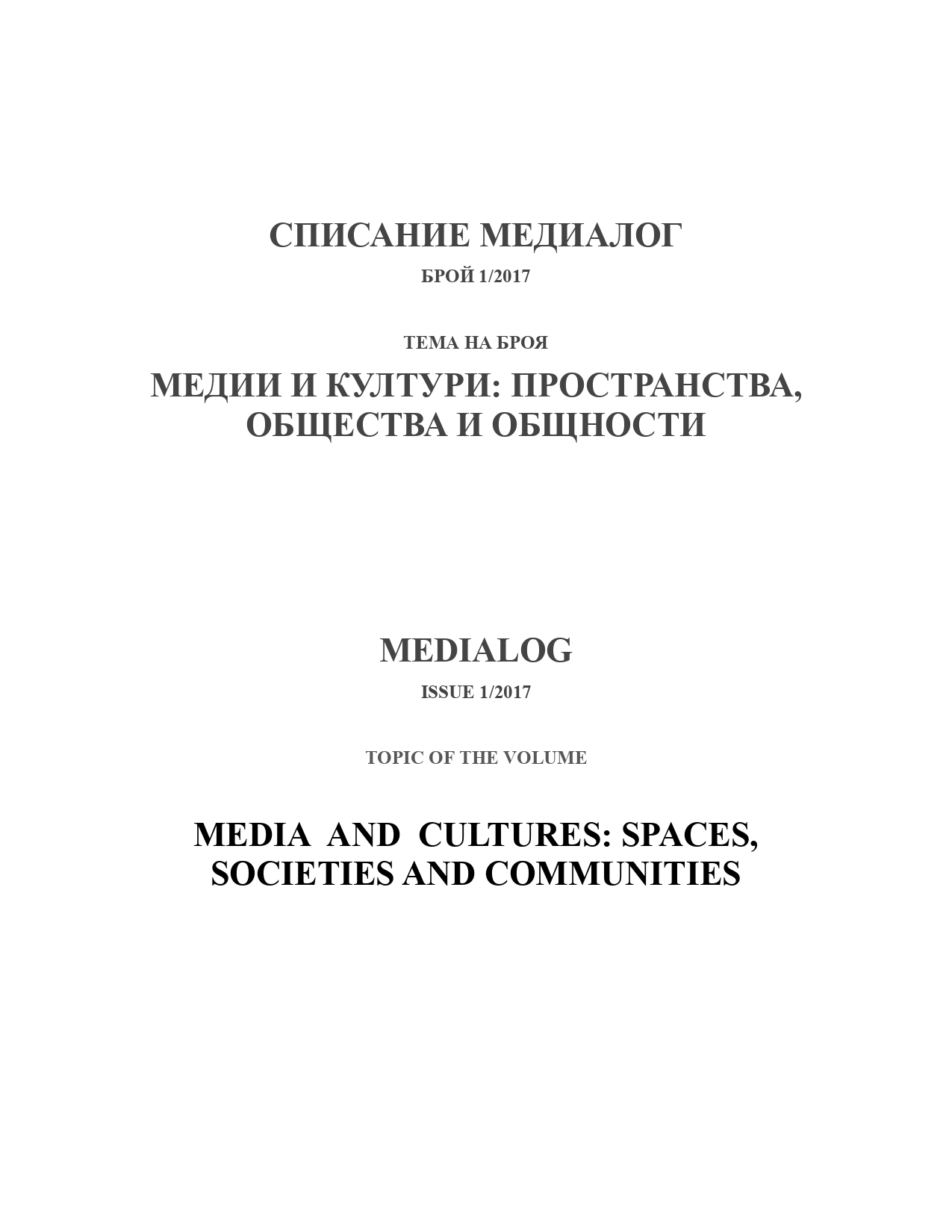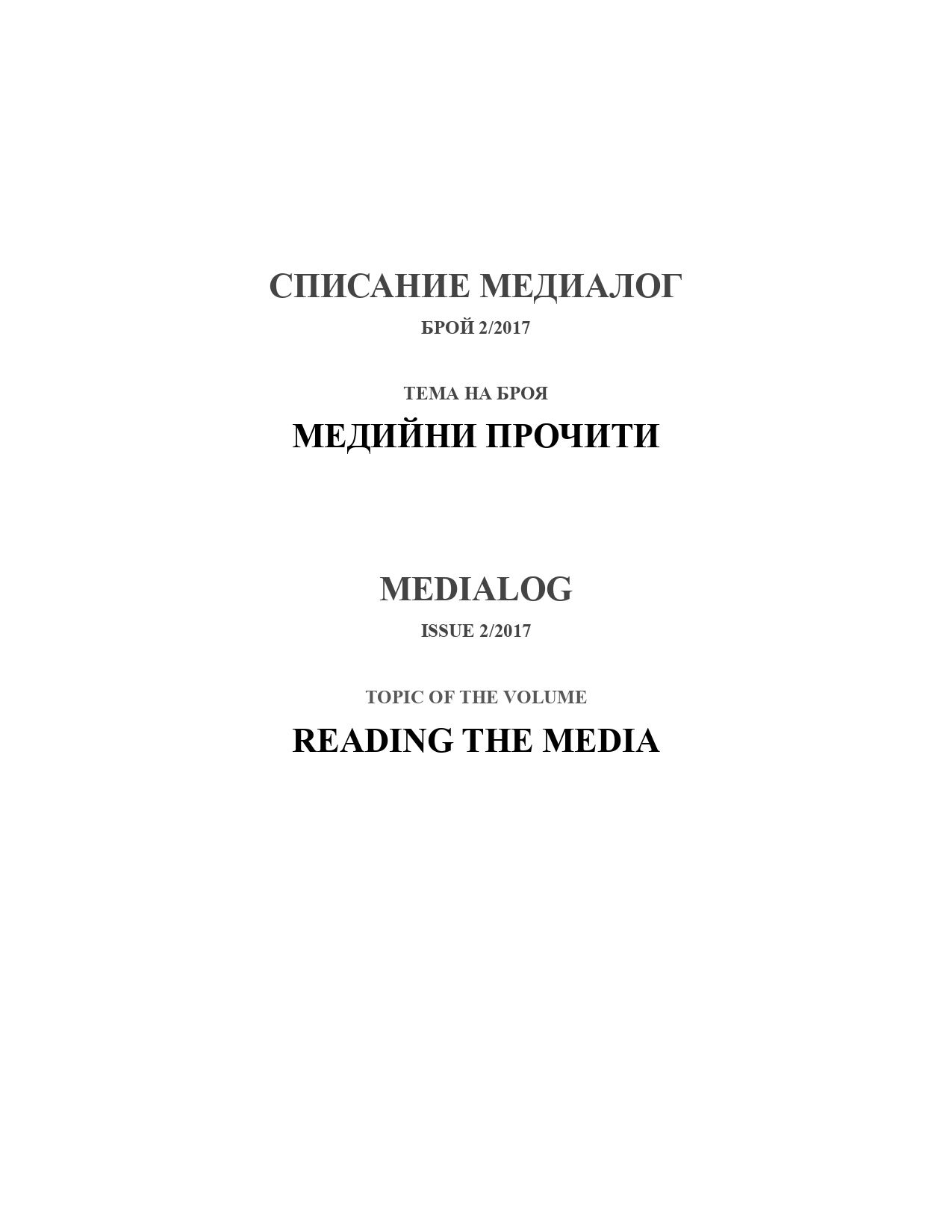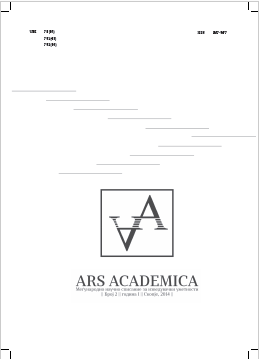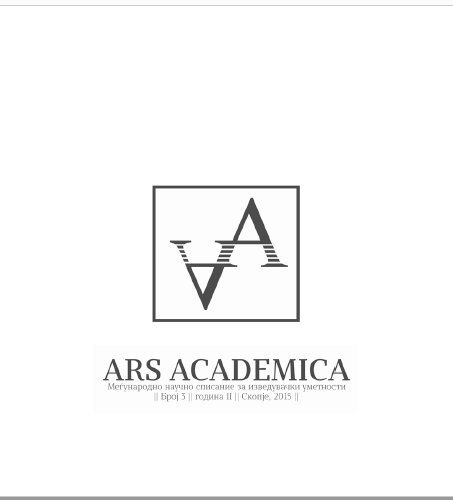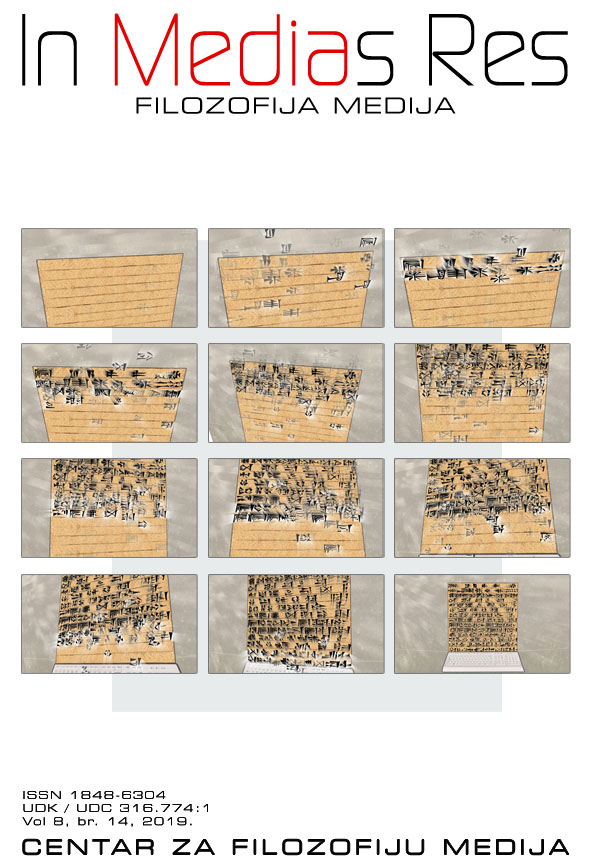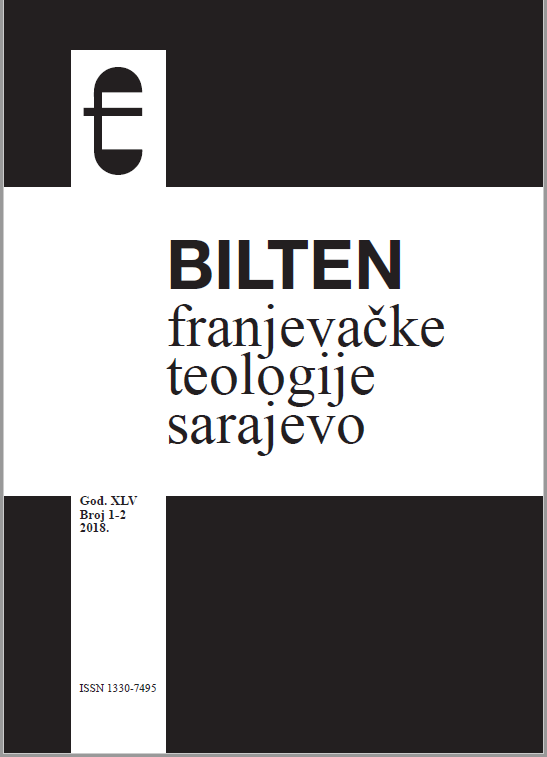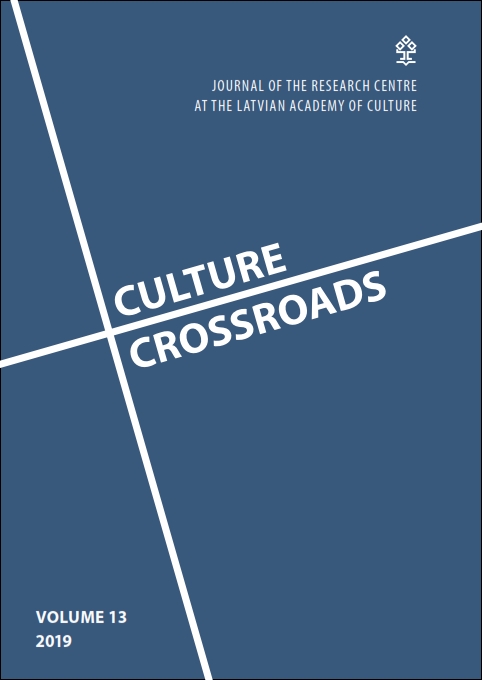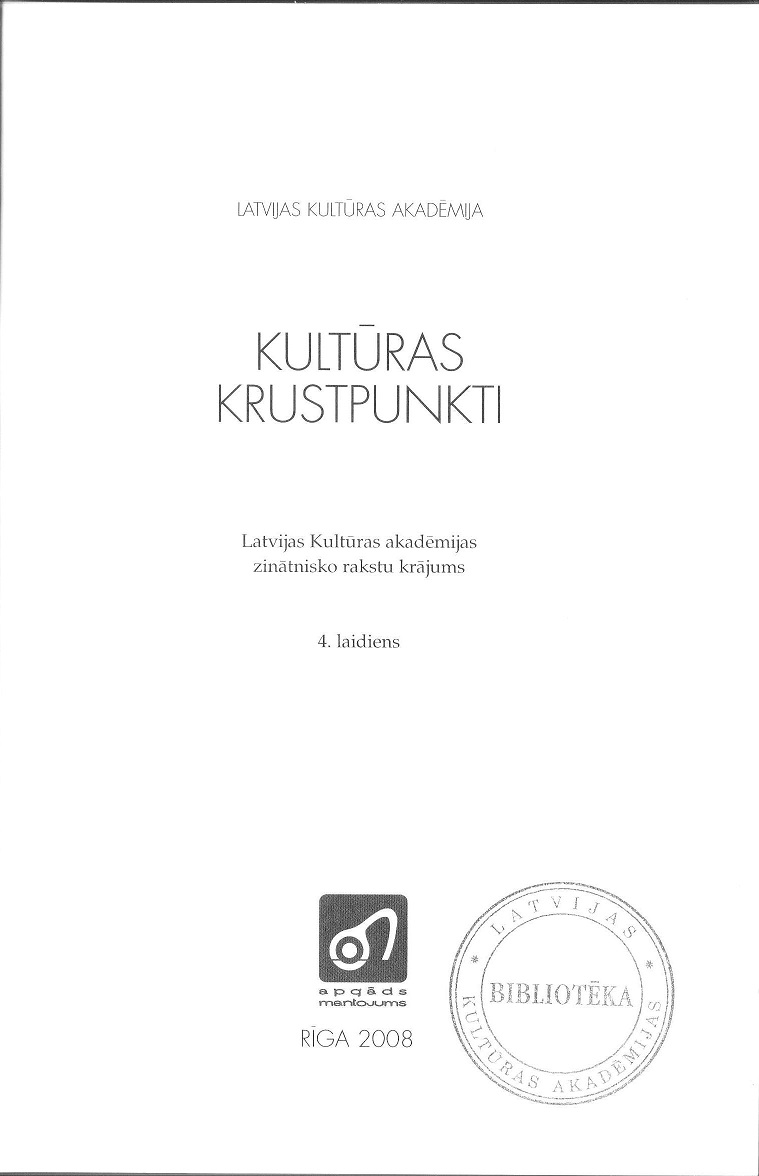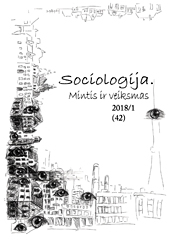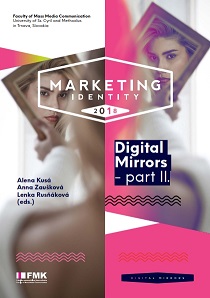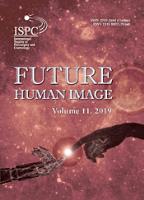
Spiritual Crisis as a Sign of Time: the Projection of the Problem in the Fiction of the Slavic World
The article discusses the phenomenon of spiritual crisis as a typical attribute for each transitional era. Fiction is always sensitive to all the changes in the spiritual, ethical and philosophical components of society. Therefore, the appearance of certain motifs or plots in the works of Ukrainian and foreign modern writers, who are representing Slavic literature can serve as an indicator of the morality and spiritual health of society. Spirituality is often measured by the degree of religion. The spiritual crisis gives rise to readiness to return to sources and traditions, which for the vast majority of the European readers is Christianity. The purpose of this article is to identify the most typical motifs in modern Slavic (Ukrainian, Polish and Russian) literature, which indicate an individual spiritual search at the turn of the ages. Fiction has always been designed to influence the formation of human values. The appeal of modern writers to the problem of faith and faithlessness or belief in various non-Christian cults (esoteric, mystical, neopagan, etc. cults) in the modern world indicates that our civilization is experiencing a deep spiritual crisis and it is literature that can reflex the process of their exit. In this way, the reader rethinks the problems that humanity is facing more and more often. This is loneliness, lack of close and deep connections between people, disbelief, which causes weakness and fear of tomorrow. Thus, motifs and plots, primarily borrowed from Christian doctrine, are understood as an attempt to determine the path to mental equilibrium.
More...
